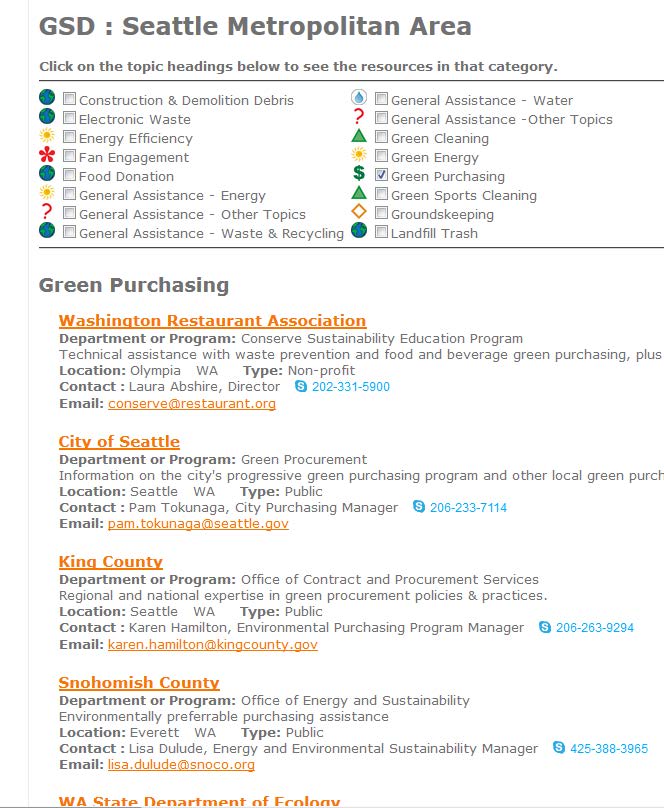This post was co-authored by Al Innes of the Minnesota Pollution Control Agency and Cheryl Kallio of Freshwater Future. If you’d like your sustainability project featured on the GLRPPR Blog, contact Laura Barnes.
Freshwater Future, a non-profit based in west Michigan, has been “spreading” the word about reducing PAH contamination from coal tar sealcoat across the Great Lakes. The hundreds of citizens and community-based organizations in Freshwater Future’s network learned about coal tar PAH issues over the summer, and now universities, contractors, and local governments are making commitments to move from coal tar to safer alternatives.
PAHs (polycyclic aromatic hydrocarbons) are chemicals which can cause cancer in humans and be toxic to aquatic life, and new studies are connecting them to developmental disabilities in children. Vehicle emissions and wood smoke are other sources of PAH pollution, but coal tar sealcoat, which is around 5% PAHs by weight, is a readily-reduced source. Applied properly, the asphalt-based sealcoats available today are equivalent in performance and cost to coal tar, at 1/1000th the amount of PAHs. Zero-PAH alternatives are available, as well.
In response to Freshwater Future’s outreach to date, 14 Michigan cities and townships have passed resolutions not to use coal tar on city property or to encourage residents to do the same. Their location along the Great Lakes and in the watershed is important, since studies conducted in Toronto and elsewhere show coal tar PAHs being carried to lakeshore sediments by runoff from paved surfaces.
Many of the contractors committing not to apply coal tar are located near the western Michigan cities taking action, so Freshwater Future and partners can help connect property owners in those areas to the committed contractors to help grow the market for safer alternatives.
In addition, two universities in Ontario, two in Michigan, and two in Illinois have pledged not to use coal tar on their paved surfaces. The University of Michigan had previously ended its use.
Since the project began, over 8,000 individuals and organizations have been educated, 52 property owners and providers have voluntarily taken action, and pledged contractors interviewed have eliminated 93,500 gallons of coal tar sealcoat over 2 application seasons. The midpoint estimate of the resulting PAH reductions is 39 tons. Partners will gather voluntary reduction data for 2014 in November and December and submit final reports to the project’s funder, EPA’s Great Lakes Restoration Initiative.
The wave of local bans and supplier/contractor commitments in Minnesota led to a statewide ban which took effect in 2014.
The Great Lakes protection and pollution prevention networks can continue coal tar PAH reduction by educating their contacts and clientele: businesses, shopping centers, schools, universities, places of worship, local governments, homeowner associations, citizens – really, anyone owning or maintaining asphalt pavement. Information and tools for this outreach are available through the Freshwater Future web site, at http://freshwaterfuture.org/ourissues/coal-tar-sealants/.
The Minnesota Pollution Control Agency (MPCA) will continue to accept reduction commitments from contractors, suppliers, universities, and other property owners in Great Lakes states (except in Minnesota where the statewide ban is in place) and Ontario. MPCA staff will post these commitments and government actions in the Basin at http://www.pca.state.mn.us/uu4yx6y. MPCA and partners encourage prevention and protection professionals to actively promote sign-ups by providers, and their hiring by pavement owners.
A compilation of project deliverables to date and links to information about the health and environmental issues associated with PAH pollution are available at https://storify.com/lbarnes/pah-pollution-from-coal-tar-sealants.


